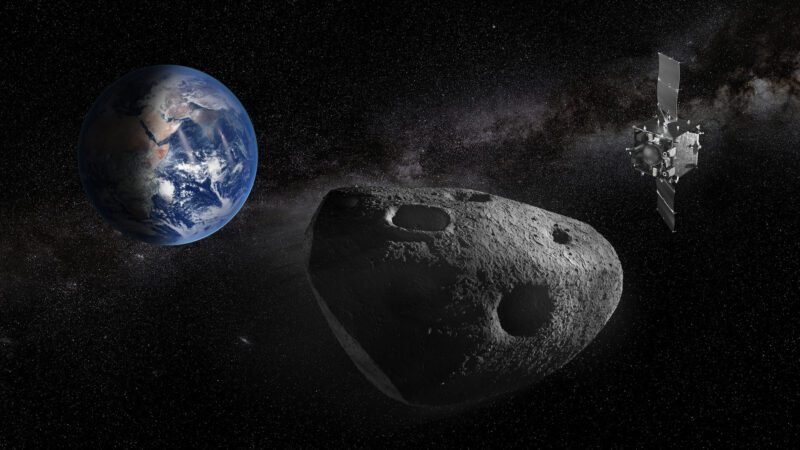Yesterday the world celebrated UN-declared Asteroid Day, where we “raise awareness about the asteroid impact hazard and inform the public about crisis communication actions to be taken at the global level in case of a credible (and rare) near-Earth object threat”, according to the official UN definition of Asteroid Day.
Pioneering Low-Frequency Radar for Asteroid Science
As the world’s eyes turn to asteroid missions and planetary defense, EmTroniX stands at the forefront of European innovation, delivering advanced electronics for some of the most ambitious space missions of our time. From the historic ESA Hera mission to the upcoming RAMSES mission to Apophis, EmTroniX is defining the future of asteroid exploration with its pioneering low-frequency radar technology.
EmTroniX has developed two generations of low-frequency radar systems purpose-built to scan both the surface and interior of asteroids—enabling scientists to see beneath the surface of these ancient celestial bodies for the first time.
Watch Our Asteroid Day Interview
To mark Asteroid Day 2025, EmTroniX’s Communications Manager Remco Timmermans sat down with RF Engineer and former JuRa project manager Christian Schmidt for an exclusive interview. They discuss the global importance of asteroid missions, EmTroniX’s unique contributions, and what the future holds for European planetary defense.
Watch the full interview below to discover how EmTroniX is powering the next generation of asteroid science and planetary protection.
Hera-Juventas: Scanning the Heart of Dimorphos
For ESA’s Hera mission, EmTroniX designed and delivered the core electronics for the JuRa (Juventas Radar) instrument, the smallest radar system ever flown in space. Mounted on the Juventas CubeSat, JuRa will:
- Transmit radar signals via 1.5-meter deployable antennas
- Penetrate up to 100 meters deep into the Dimorphos asteroid, mapping its internal structure in 3D
- Operate in extreme radiation environments encountered in deep space
- Set records as the first radar to perform a subsurface scan of an asteroid and as the smallest spacecraft to land on a celestial body
This achievement is the result of a robust international collaboration, with EmTroniX leading the radar payload development and integration, and working alongside top European partners. The mission cements Luxembourg’s reputation as a hub for world-class space technology.
RAMSES: Next-Generation Radar for Apophis
Building on its Hera success, EmTroniX is now developing a second-generation low-frequency radar system for ESA’s planned RAMSES mission to asteroid Apophis. RAMSES will launch in 2028 and rendezvous with Apophis before its exceptionally close flyby of Earth in 2029. The mission will deploy CubeSats equipped with advanced radar to:
- Conduct detailed radar sounding of Apophis’ interior and surface
- Analyze changes caused by Earth’s tidal forces during the flyby
- Advance planetary defense knowledge for future asteroid threat mitigation
The new radar system will feature improved high-speed data acquisition and processing capabilities, leveraging EmTroniX’s expertise in software-defined radio and radiation-hardened electronics.

A European Leader in Space Electronics
EmTroniX’s journey—from automotive electronics to the vanguard of planetary defense—demonstrates the company’s leadership in miniaturized, high-reliability space systems. Our technology is not only enabling breakthrough science but also proving that European innovation can drive global progress in space exploration.
EmTroniX: Powering the Future of Asteroid Exploration—From Luxembourg to the Cosmos!

